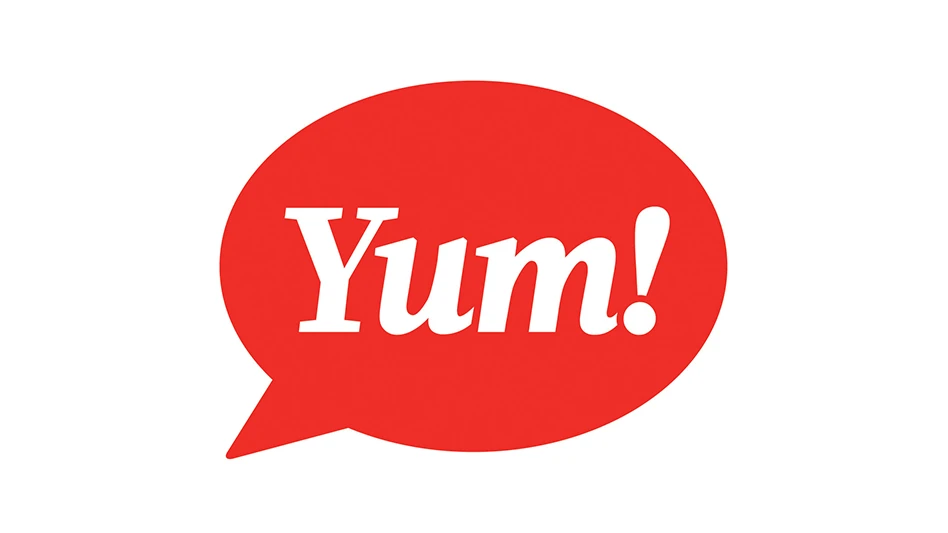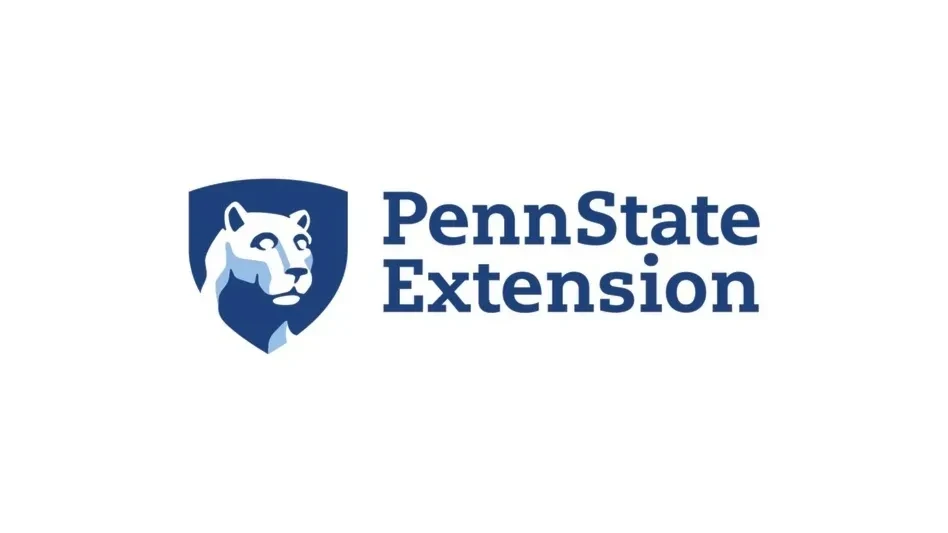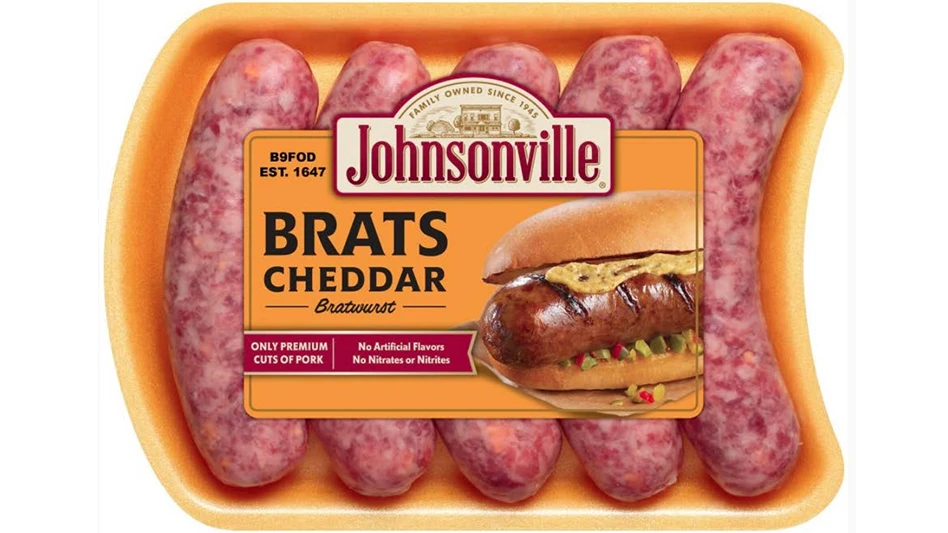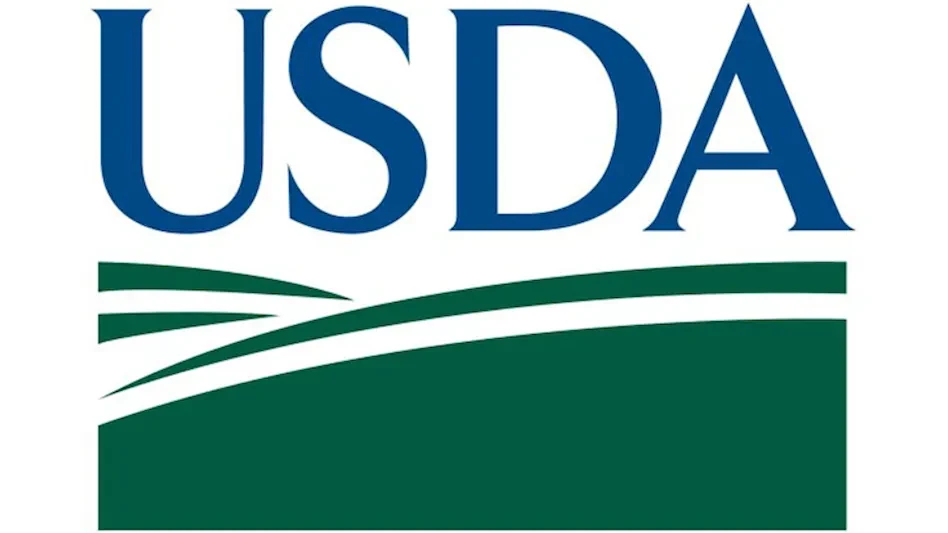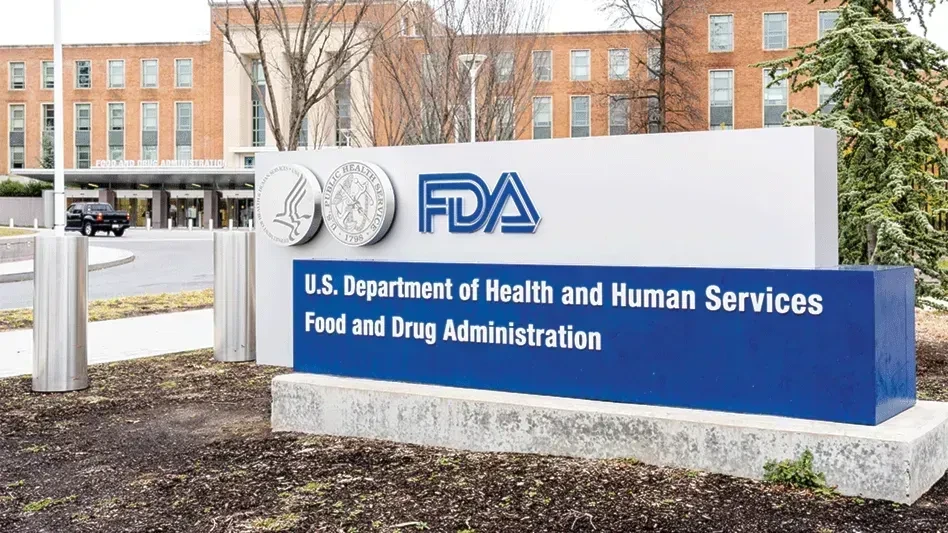
By Lisa Lupo
Food safety is fairly simple to define. At its most basic, it is preventing the accidental contamination of food. Food quality, on the other hand, is a bit more complex. Consider the description put forth by the World Health Organization: “Food safety refers to all those hazards, whether chronic or acute, that may make food injurious to the health of the consumer. It is not negotiable. Quality includes all other attributes that influence a product’s value to the consumer.”
But like quality itself, value is a subjective term. And consumers, of which there has always been a great deal of diversity, are becoming even more particular. So, said Gulf Stream Search Co. President and Executive Recruiter Bob Pudlock, “There’s a lot of managing of expectations. The higher the expectation of the end user, the more attention to detail that a person needs to take in the quality of the product — the look, the feel, the taste, the shape, the size, the texture — all the elements of quality.”
How does the food facility manage all these attributes of quality to “influence a product’s value” to the diversity of consumer preference? Or, more to the point, how does one hire, develop, and manage the people whose role it is to manage that quality? “People can’t keep their eye on everything, so you need multiple people and each needs to be more and more specialized to keep up with the demands and requirements and expectations of the end user,” Pudlock said.
With the requirements in food safety and quality continually evolving, some organizations set distinct roles for their quality assurance (QA) manager and team apart from those of food safety. Those roles are narrowly focused on the output of their product — what it looks like, what it tastes like, what it feels like — all the sensory aspects of it. In other organizations, the food safety and quality assurance (FSQA) manager and team are one and the same, focused on all FSQA aspects of the organization. Still others have integration of the teams but separate roles for individuals. (See FSQA: Integrated or Separate? below.)
But whether the QA team is integrated with or separate from the food safety team, there is no question that there needs to be interaction between the two disciplines. As such, there are some key attributes that successful companies seek in their QA managers and characteristics and development programs they expect of the team.
THE QA MANAGER. Key qualities that executives seek in a QA manager include:
- Experience and Education. In addition to standard technical skills and qualifications, most companies seek people with a background in production or continuous improvement experience. But education also is important. “From the plant level on up, the expectation is a college education in a science,” said William Dorsa, vice president, food safety & quality assurance for Smithfield’s John Morrell Food Group. “We also want plant experience, as applicable — with more experience expected for higher levels.”
- Leadership. QA managers should be leaders, driven to develop, grow, and streamline the systems, said Mark Clute, quality control manager for Hazelnut Growers of Oregon and author of Food Industry Quality Control Systems. “This helps them be innovative and continually improve. They also need to be a ‘giver-awayer’ of information. As a teacher, they will build up people and their knowledge base, thus strengthening the company’s food safety and quality foundation.”
- Collaboration. Interacting with other departments is critical for QA managers. As such, they should have, said Kenny Lum, Trident Seafoods vice president of food safety and quality assurance, “An understanding of how safety and quality systems work within facility operations and recognizing that operational and FSQA objectives are common (to produce conforming product), and not mutually exclusive.”
- Communication Skills. Thus, Lum said, “Communication skills and the ability to foster a cooperative environment with all operational departments” are key for QA managers at Trident.
- Strong People Skills. Communication also plays into people skills which most companies seek. “Because the quality team has so many touchpoints, they need to be really, really good at working with a lot of diverse populations.” Pudlock said. “I always go back to soft skills. Look for people who have an ownership mentality, an understanding of and empathy with how the other sides of business run.”
- Technical Aptitude. The QA manager should be analytical, Cortellini said. As regulations increase, so too does the paperwork — whether that be literally paper or electronic, with many companies expecting an integration between its ERP and quality management systems. So analytical and technical aptitude, as well as uncompromising attention to detail, is becoming increasingly critical.
Leadership characteristics also should include the ability to drive change and motivate a team, said Charlie Cortellini, Massimo Zanetti Beverage USA vice president of research and development.
This includes balancing the KPIs of plant output and quantity vs. quality, Pudlock said. “So there are a lot of grey areas that have to be managed.” QA managers also should know how to work with and influence the plant manager, who may hold higher authority — real or perceived — to get their department’s needs met and fulfill the company’s quality mission. “They need to be really adept at motivating and influencing people even if they’re not their direct reports,” he said.
Pudlock added to this, seeing as key: “The ability to report upward to the executive team, sideways to other managers, and have a continuity of communication verbally or through the company’s reporting process.” They also need to be able to communicate through email, summarize their thoughts, and get to the point with actionable items.
THE QA TEAM. Although organizations vary in their requirements for those hired onto the QA team, most see further development paths as important in maintaining a quality QA team. It all starts with good hires, Lum said. “Experience is preferred, but we also want to include members that are more recently exposed to food science-related academics and modern laboratory methods and data analytics.” Once a part of Trident, the employees are then provided ample training opportunities to ensure the team is well aware of current issues related to food safety, regulatory requirements, and consumer sensitivities and perceptions, he said.

John Morrell has a similar diversity of team members. “At the plant technician level, we have a combination of young people straight out of college and those who are brought up through the plant,” Dorsa said. But regardless of their origination of the individual, once at John Morrell, he said, “First and foremost is culture.”
Everyone — from the plant to the executive levels — knows that food safety is not compromisable, Dorsa said. Quality, however, is not as absolute. “It has to be to spec, but we can, many times, move product into different grades or downgrade it. If there are failures (which might be identified by customer/consumer complaints or during QA checks), we reevaluate our systems. So it is constant training and evaluation.”
“The most important thing in developing QA teams is to communicate the vision, and then respect where team members are in receiving the message,” Clute said. He suggests that daily briefings be held with the QA team to assess the next steps, teach, and build them up.
Cortellini also sees investing in your people as essential. This would include “training to better oneself within their job, empowering the team to be able to make calculated decisions, showing how they make an impact on the overall company and to the consumer.”
At Smithfield Foods, said Katie Hanigan, a vice president of food safety & quality assurance, “Our robust food safety and quality training policy requires every employee to be trained upon hiring and re-trained on a continual basis, depending on job requirements.” Additionally the company empowers its employees to immediately report any quality issues through its Raise Your Hand program. That program, she said, “encourages employees to speak up if they see something of concern or something unusual — or even when they have a question.”
As a part of Smithfield, John Morrell employees also follow the Raise Your Hand program. “My attitude is that 100% of our product is eventually inspected by the consumer who makes a quality assessment and decision on repurchase,” Dorsa said. “So we see our best chance at 100% inspection as the line people. They may not know the specs, but they know what it should look like. So they are trained to get a supervisor to check if anything doesn’t seem right. It goes back to culture — they know it’s okay to raise their hand; it’s okay to stop the line.”
When setting its development programs, companies should consider the various options team members may want to pursue. Some may want to become plant managers, others to move to a larger plant and take on more responsibility, still others to move into other areas. “There are a lot of different avenues, but people are consistently looking for greater challenges, career growth, and continuing education to better themselves and help them in their careers,” Pudlock said. As such, companies should create development tracks, identify individuals, and provide opportunities for education and rotation to another side of the business.
Such development is particularly critical with the shortage of food-science graduates. “If we’re not hiring people with food science backgrounds, we need to develop a ‘minor league’ where we are developing people, such as those from the production and operations side of the organization,” Pudlock said. This not only provides a career path for them, it gives the organization a good pool of candidates. It’s important now, and it will be one of the best ways to make sure companies are staffed appropriately into the future, he said.
The author is Editor of QA magazine. She can be reached at llupo@gie.net.
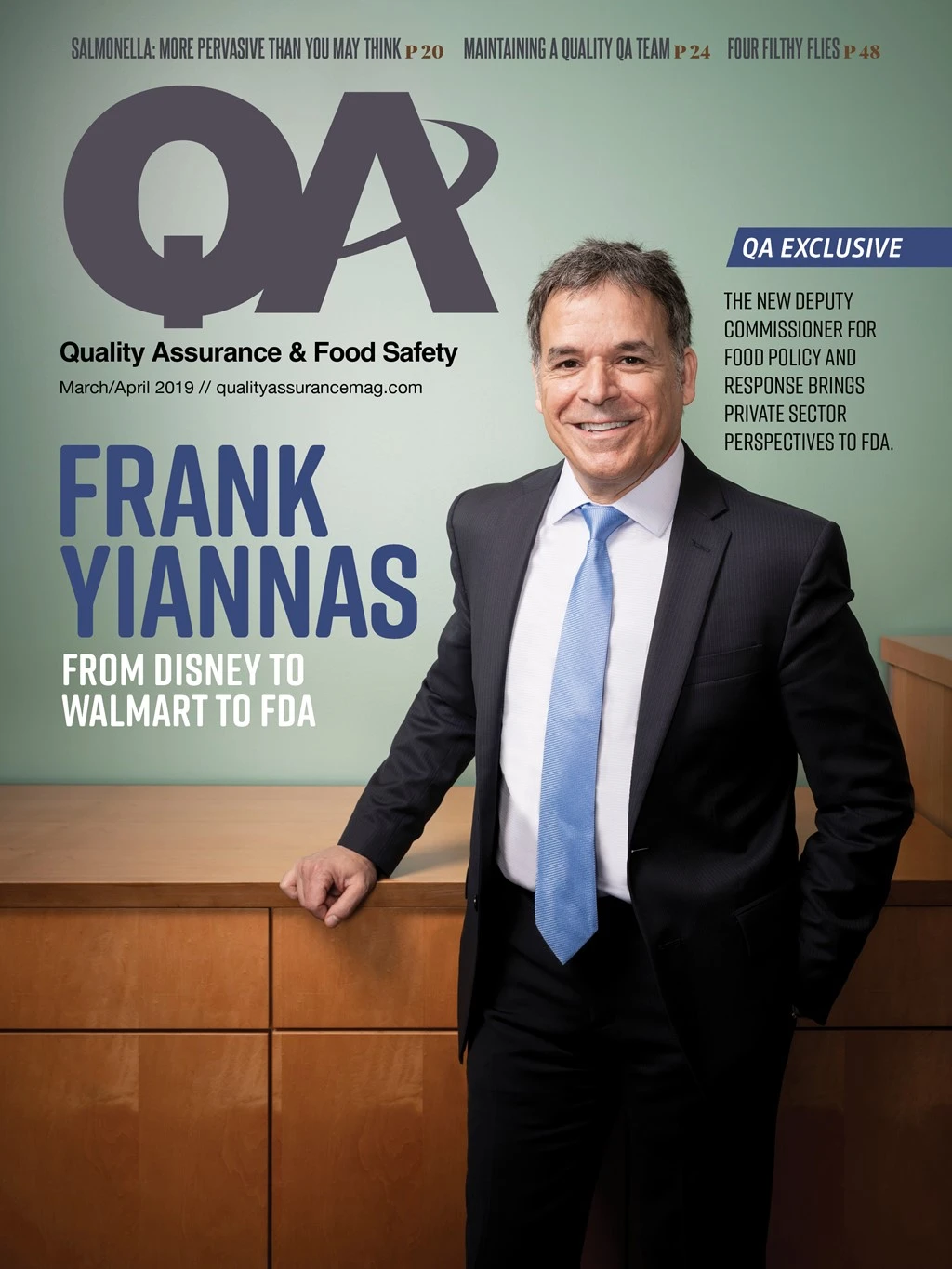
Explore the March 2019 Issue
Check out more from this issue and find your next story to read.
Latest from Quality Assurance & Food Safety
- Ferrero Group Invests $445 Million in Ontario Production Facility
- Nelson-Jameson Announces Grand Opening for Pennsylvania Distribution Center
- Taylor Farms Linked to Romaine E. coli Outbreak as Marler Clark Files Multiple Lawsuits Against Supplier
- IAFNS Announces Winners of Emerging Leader Awards for Food Safety, Nutrition
- FDA Shares Testing Results for PFAS in Bottled Water
- Provision Analytics Adds Food Safety Expert Jennifer Williams to Strategic Advisory Group
- Boston Sword & Tuna Protects Seafood Safety with Mettler-Toledo Metal Detectors
- IFT Releases New Resources to Aid Food and Beverage Industry in Sugar Reduction

